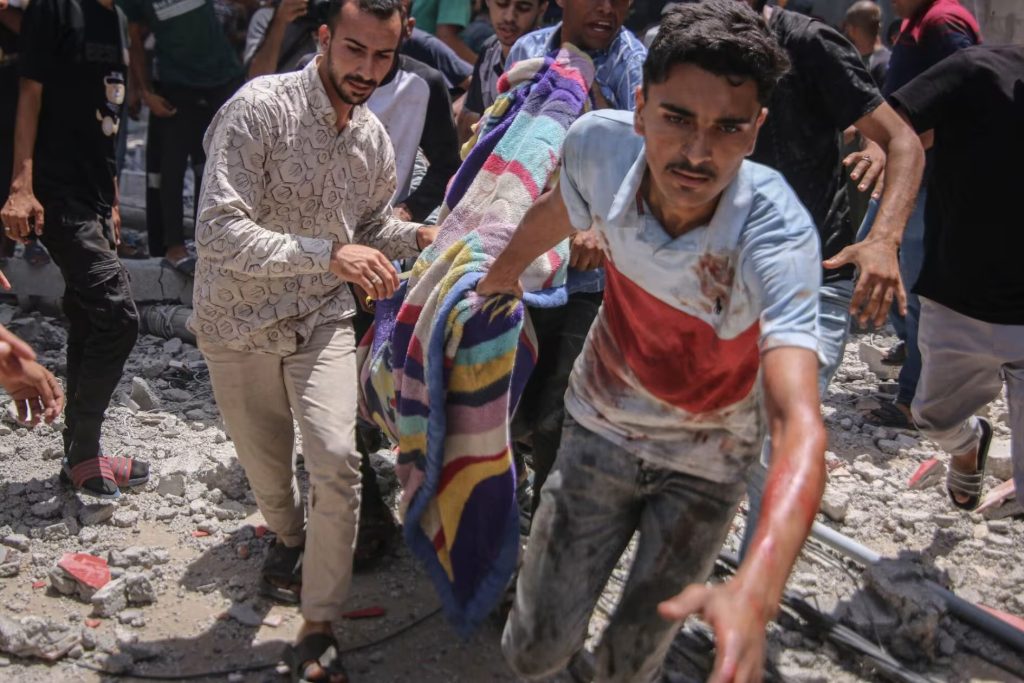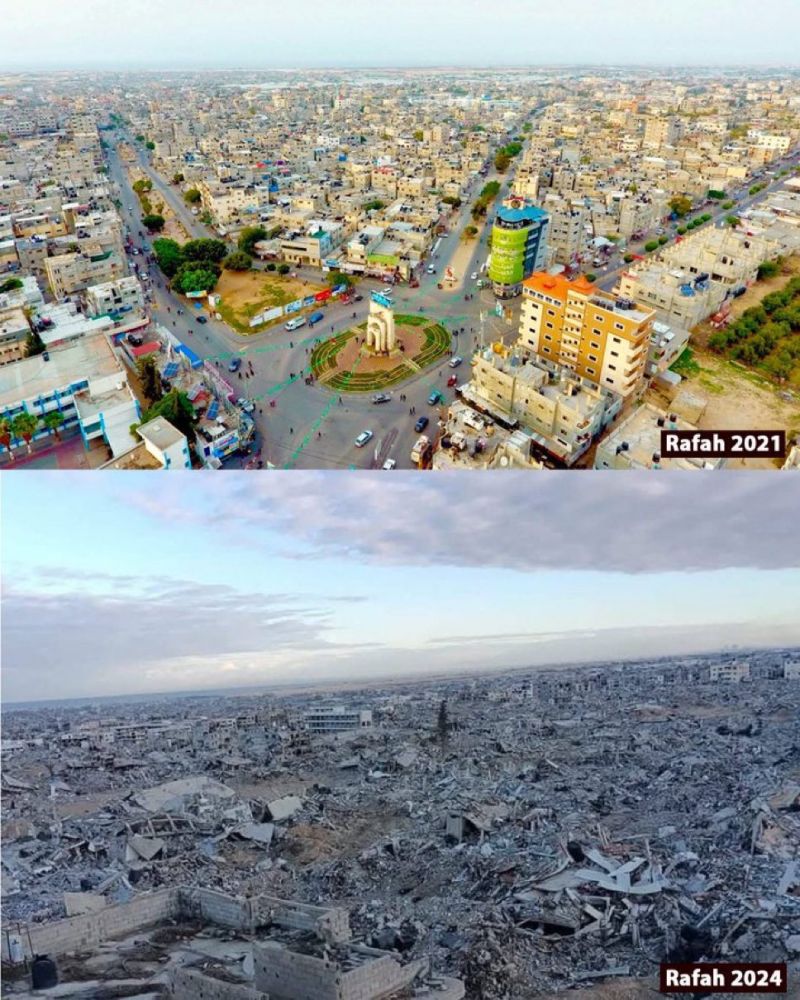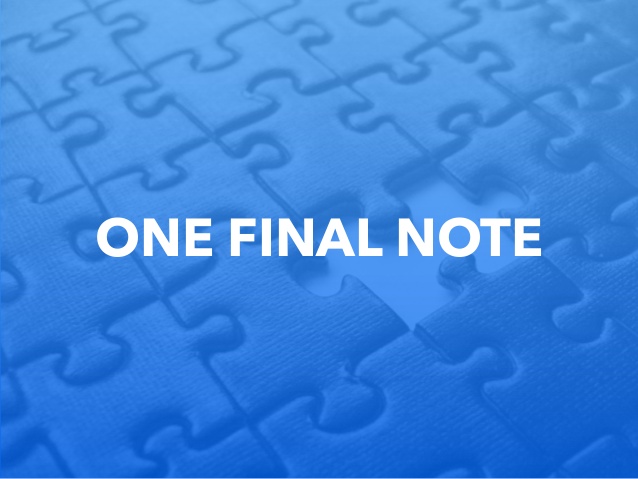The exclusion of Gaza from the leading conversation on genocide clearly illustrates how global power dynamics and political alliances determine which atrocities and human rights are acknowledged.
[ The third of my traditional end-of-the-year essays ; there is a link to the first two at the end of this post ]

19 December 2024 — “So, how has this year been for you?” a man from the West Bank had asked his Palestinian friend who had family in Gaza. He said:
For us, here in al-Ġarbiyya [West Bank], we have been through a lot before, but we were never scared. Now, we do not know. I could have a chance encounter with an Israeli soldier who does not like the look of my face, or my instrument, and just shoots me. It is like the country is in its death throes.
This is from a series of interviews in Haaretz, the Israeli newspaper, which has managed to interview scores of people in Gaza and the West Bank via their Palestinian network.
And finding journalists in either area is almost impossible. The Israel-Gaza war has taken an unprecedented toll on Gazan journalists since Israel declared war on Hamas following its attack against Israel on October 7, 2023. As of December 18, 2024, the Committee to Protect Journalists (I am a member, and the organization is considered to be a highly reliable source) has noted in its preliminary investigations that at least 141 journalists and media workers were among the more than tens of thousands killed in Gaza, the West Bank, Israel, and Lebanon since the war began, making it the deadliest period for journalists since CPJ began gathering data in 1992. The CPJ, in association with Politico and the Nieman Journalism Lab, say at least 62 of them were specifically targeted.
More interesting are the Haaretz interviews with senior Israeli commanders, many of whom see their soldiers traumatized. One said:
Look, the only thing that Israeli forces are asked to do in Northern Gaza is to move the population to the south – and then flatten all the buildings. Libraries, health facilities, schools, apartment buildings. Whatever. All the infrastructure. But frankly, the south is much worse. You should see what we’ve done to Rafah.

Nizam Mamode, a retired British surgeon who volunteered in Gaza earlier this year, testified to the UK House of Commons International Development Committee last month:
When we crossed the border, the landscape reminded me of Hiroshima and Nagasaki. I worked at Nasser Hospital in Khan Younis. The Israeli drones would come down and pick off civilians – children. We had description after description. You’ve seen the TikTok videos, and even on Facebook.
This is not an occasional thing. This was day after day after day of operating on children who would say: ‘I was lying on the ground after a bomb had dropped, and this quadcopter came down and hovered over me and shot me.’ That is clearly a deliberate and persistent act; there was persistent targeting of civilians day after day.
The most high-tech killing machines our world has ever known are being used against a starving population under siege in a scorched and toxic landscape. Forensic Architecture’s recent report, A Cartography of Genocide, illustrates the compounded nature of the destruction of all forms of life in Gaza. There is destruction on every level: from the drone-filled sky to the toxic contamination seeping into the land and the bodies living on it. The air is filled with particulates, the sea with sewage, the groundwater poisoned by munitions and toxins.
The UK Commons committee also asked Professor Mamode to comment on the number of casualties. He said “to my mind, it is over 200,000 dead by now”. He was drawing on the Lancet’s findings in July, a report I have quoted many times in order to try and wrap my mind around the numbers. Mamode said in his testimony:
I’ve worked in a number of conflict zones and different parts of the world – I was there at the time of the Rwandan genocide – and I’ve never seen anything on this scale, ever. That was also the view of all the experienced colleagues I worked with. One of the surgeons in my team had been to Ukraine five times and said: “This is ten times worse”.
Mamode described the death of a doctor in his thirties from hepatitis A; the removal of quadcopter bullets from the neck of a three-year-old, who died days later from infection; the lack of swabs for an eight-year-old bleeding to death; his list went on and on.
Said Majed Bamya, the Palestinian ambassador to the UN, after the United States had once again vetoed a Security Council resolution calling for a ceasefire:
This full-fledged Israeli assault against the Palestinian people and the Palestinian land is about everything except the hostages. If the families of the hostages can see that, how can anyone in this room claim otherwise? A ceasefire will allow us to save lives. All lives. This was true a year ago. This is true today. It will not resolve everything, but it is the first step towards resolving anything.
New realities bring new words, stretched words and avoided words. The U.S. Secretary of State (Antony Blinken) and the British foreign secretary (David Lammy) do not believe that Israel is committing genocide in Gaza. They “have a problem with numbers” and “we’d need a court judgment”.
Yet as the Guardian pointed out, Lammy visited genocide memorials at Srebrenica (eight thousand killed), and has not had the same need for a court ruling when it came to calling out genocide in other wars and conflicts. More than 30 human rights organizations queried Lammy’s confusing statements, which appeared to show a “dangerously misguided understanding of the crime”.
Politicians complain that the information is not available to them. Only a handful of MPs came to the launch of a British Palestinian Committee policy guide at the Houses of Parliament in November, and there were plenty of empty seats when Professor Mamode was addressing the International Development Committee.
The testimony is there. Journalists have been killed for reporting it, but it still exists and is readily available. If there is enough evidence for the International Court of Justice to issue special measures and the International Criminal Court to issue arrest warrants, then surely there is enough for U.S. and British politicians to grapple with. What is at stake here, other than their own complicity?
On December 4th, the campaign group Led by Donkeys unfolded a giant banner in Parliament Square stating to the skies: “Yes it’s a genocide”. There is footage of the unfurling on social media with a voiceover by Amos Goldberg, an Israeli historian of the Holocaust, calmly describing why what is happening in Gaza fits Raphael Lemkin’s definition of genocide.
Note to readers: I will have more from Goldberg and the work of Raphael Lemkin in my upcoming film. We filmed at the location of the Nuremberg Nazi trials, and I was given permission to read Lemkin’s archive now housed in the New York Public Library.
What will Israel get in return for this genocide: land and real estate? Maybe. Living hostages returned to their families? Maybe, but they were never the Israeli government’s priority. Security? Never. As Jewish groups such as Diaspora Alliance have argued, the instrumentalising of antisemitism to defend the indefensible actions of the Israeli state does not bode well for anyone.
On November 22nd the UN special rapporteur Francesca Albanese gave a lecture at SOAS on Palestine as a “litmus test” of human rights. Hundreds of people queued patiently outside in the dark, past the banners calling for SOAS to “Ban Fran!”
She referred to Primo Levi’s words on cowardice, encouraging us to abandon it:
Auschwitz is outside of us, but it is all around us, in the air. The plague has died away, but the infection still lingers, and it would be foolish to deny it.
Rejection of human solidarity, obtuse and cynical indifference to the suffering of others, abdication of the intellect and of moral sense to the principle of authority, and above all, at the root of everything, a sweeping tide of cowardice, a colossal cowardice which masks itself as warring virtue, love of country and faith in an idea.
Typical are stories like the following, verified by several sources:
One week ago, the Israelis entered with a truck of aid, food items to Beit Hanoun [in the North of Gaza] and they went to the school pretending that they are the people distributing aid. They asked all the people in the school and the children to register their ID number. Beit Hanoun had a population of around fifty thousand before the war. Most of them were evacuated to Jabalia, but it was so overcrowded that about five thousand returned. Many were living in a school. They did not trust the men in the trucks.
They refused to register their IDs and they told the guys who came to just distribute the aid, or take it and leave. So they took these items and they left.
At four a.m. the next night they came with a quadcopter asking people to evacuate the school. They burnt all of their items: any food they had, their money, everything. Passports, certificates, everything. And the people evacuated during the early morning, without shoes, without clothes, without anything.

The world has simply moved to a world of progressive atrocity. The exclusion of Gaza from the leading conversation on genocide clearly illustrates how global power dynamics and political alliances determine which atrocities and human rights are acknowledged, even in forums supposedly dedicated to justice and universal human rights. This deliberate silence raises serious concerns about institutional complicity, making advocacy for human rights hollow precisely where it is needed most.
Gaza serves as a case study in performative advocacy, shaped by political pressure that prioritizes historical or politically “safe” examples while sidestepping pressing contemporary crises deemed too sensitive or divisive. This selective approach erodes the credibility and moral authority of its organizers and facilitators, effectively enabling the continued dehumanization of the Palestinian people through omission.
Accepting this rotten mindset normalizes a dangerous precedent where human life is reduced to political convenience. Silence in the face of genocide is not neutrality – it’s violent complicity that systematizes dehumanization.
For the past few days, I’ve been writing and then deleting. And then filming some more. Coming to the conclusion of my film on genocide.
It is difficult in the shadow of immolation, where death is the constant companion of too many people, when everything seems devoid of meaning. It all feels nonsensical.
And surrounded by the festive decorations of the season where I reside, even more incongruous.
Genocide has reached its zenith of brutality. Our mass extermination proceeds in deafening silence, not even sparking hollow condemnations. Only the anguished cries of burned children and their grieving parents resonate in the void.
Yet, I will continue to write, continue to film, continue to do what I do. It’s the least I can do.
I must resist desensitization.
I must not allow their violence to strip me of my humanity.
I will not be paralyzed by helplessness and hopelessness.
More to come.
* * * * * * * * * * * * * * * * *
THE 2024 YEAR IN REVIEW:
ESSAY 1
Donald Trump has the power to dismantle America. He has the tools he needs.
ESSAY 2
AI images, art, very convincing nonsense, and our Age of Pseudo-Reality